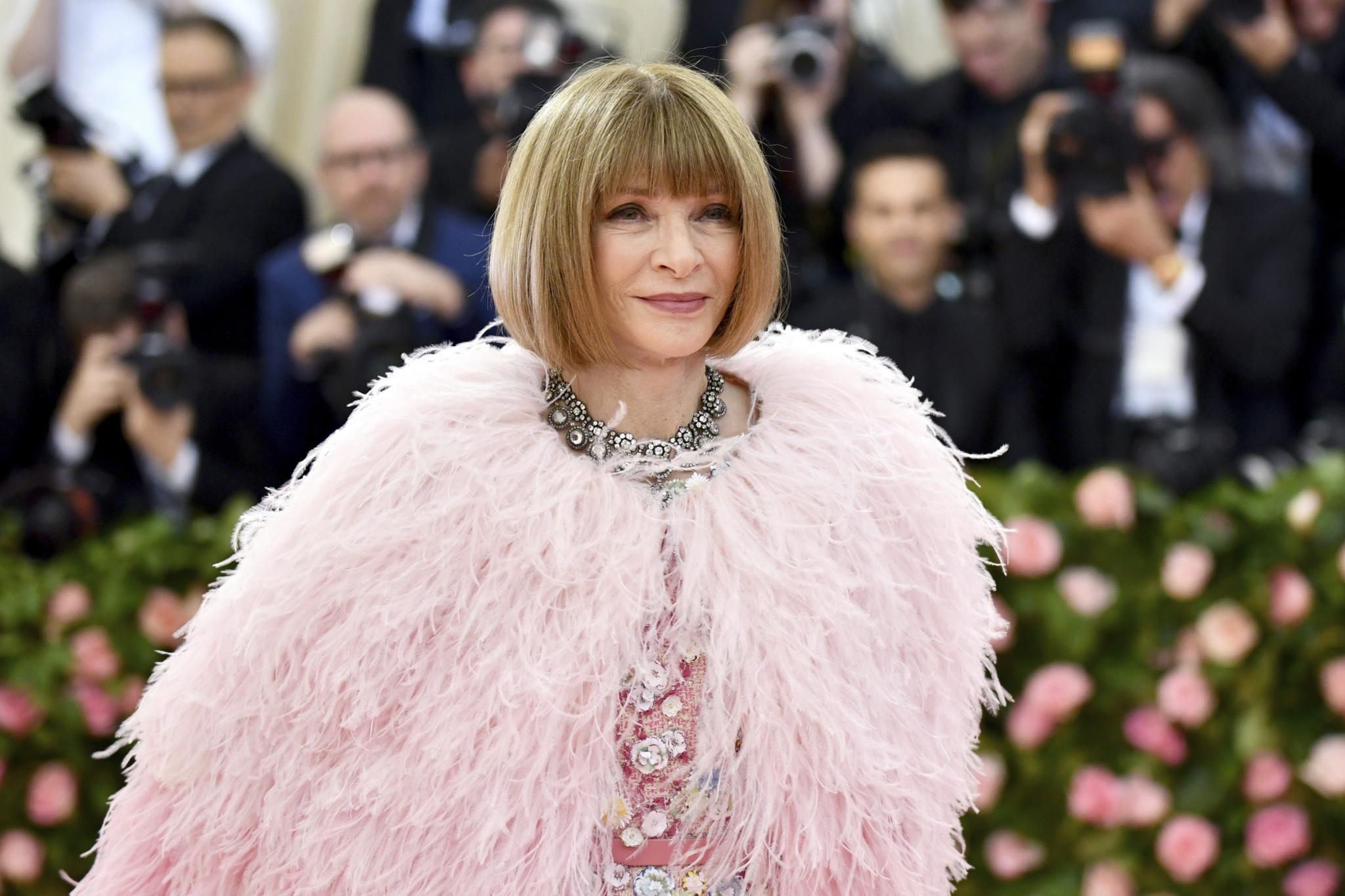The Enduring Legacy of Anna Wintour in Fashion

Introduction
Anna Wintour, the renowned editor-in-chief of American Vogue, has been a defining figure in the fashion industry for over three decades. Serving as a gatekeeper of style and a formidable influencer, Wintour has played an instrumental role in shaping fashion trends, promoting designers, and transforming Vogue into a cultural phenomenon. Her influence extends beyond pages of fashion magazines, impacting popular culture and the business side of fashion globally.
The Rise of Anna Wintour
Born in London in 1949, Anna Wintour began her career in the fashion industry at a young age, working at Harpers & Queen and then moving on to become the fashion editor for various publications. Her appointment as the editor of Vogue in 1988 marked a significant turning point not only for the magazine but for the entire fashion landscape. Wintour’s distinctive style, characterized by her signature bob haircut and oversized sunglasses, became iconic in its own right.
Influence on Fashion
Under Wintour’s stewardship, Vogue has not only showcased high fashion but has also embraced inclusivity, sustainability, and a wider range of cultural narratives. She has been credited with launching the careers of numerous designers and frequently championed emerging talent through noteworthy editorial features. Wintour’s keen eye for trends has kept Vogue relevant amid changing consumer behaviors and the rise of digital media.
In recent years, her commitment to diversity in fashion has gained considerable attention, particularly following the Black Lives Matter movement. Wintour publicly acknowledged the need for change within the fashion industry, pledging to do more to support Black designers and creators.
Anna Wintour’s Impact Beyond Vogue
Beyond her role at Vogue, Wintour’s influence permeates various facets of the fashion industry, including the Met Gala—an event she has effectively transformed into a global fashion spectacle. Her curatorial skill and networking ability have made the event a high-profile affair, attracting celebrities and designers from around the world, while raising funds for the Metropolitan Museum of Art’s Costume Institute.
Conclusion
Anna Wintour continues to be a pivotal force in fashion, adapting to the industry’s evolving dynamics while steadfastly shaping its direction. As she prepares for future challenges, her legacy as an icon and innovator both inspires and challenges future generations of fashion professionals. The ongoing relevance of her role reminds us of the significant power wielded by those in the fashion industry—one that can drive change and foster new opportunities across the globe.
